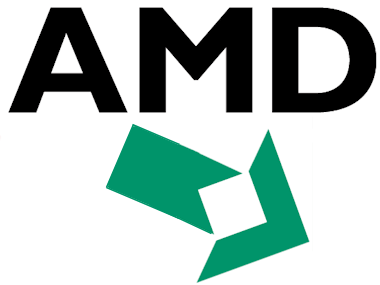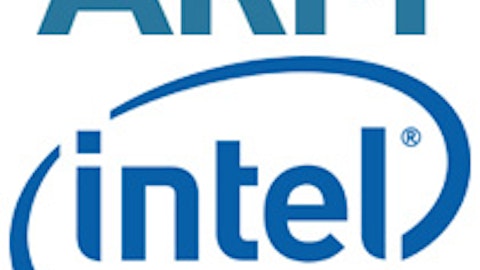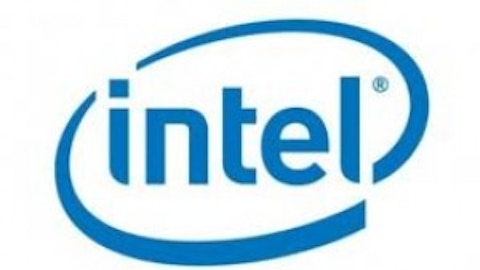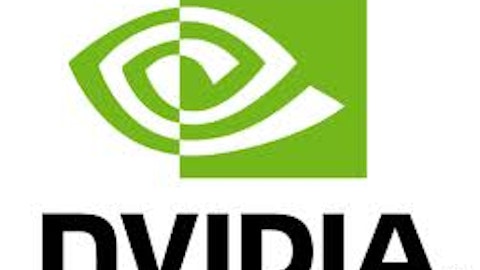Semiconductor manufacturer Advanced Micro Devices, Inc. (NYSE:AMD) has had a rough run over the past several years. The company has always played second fiddle to Intel Corporation (NASDAQ:INTC), and it has recently lost ground to several upstart chip-makers and cloud companies as well. While it would be premature to say that AMD is now on equal footing with Intel, several encouraging developments could support the firm’s growth in the coming quarters.
Although lucrative partnerships with Microsoft and other companies may bode well for Advanced Micro Devices, Inc. (NYSE:AMD), the company has a long way to go. A relatively high debt load, cash flow issues and other financial problems could prove problematic as AMD moves to shake the malaise that has plagued it. At the same time, the firm’s stock has been beaten down and may offer short-term value atits current levels. Investors who wish to make an unorthodox play in the semiconductor space owe it to themselves to take a closer look.
AMD, Intel and NVIDIA Corporation (NASDAQ:NVDA): A Brief Comparison
Although Intel Corporation (NASDAQ:INTC) clearly dominates the traditional semiconductor industry, many casual observers might be surprised to learn that a number of “independent” semiconductor manufacturers continue to thrive. In addition to Intel, Advanced Micro Devices, Inc. (NYSE:AMD) competes directly with companies like Santa Clara, California-based NVIDIA, which has been buying back their shares in large sums recentlyI. As such, a financial comparison between Intel, AMD and NVIDIA Corporation (NASDAQ:NVDA) is warranted.
Intel Corporation (NASDAQ:INTC) is far larger than AMD and NVIDIA–the company has a market capitalization of about $123 billion and an enterprise value of around $118 billion. This compares to respective figures of $2.8 billion and $3.8 billion for Advanced Micro Devices, Inc. (NYSE:AMD). Meanwhile, NVIDIA Corporation (NASDAQ:NVDA) has a market cap of $8.2 billion and an enterprise value of $4.7 billion.
Revenues and earnings tell a similar story. In 2012, Intel Corporation (NASDAQ:INTC) took in $10.3 billion on gross revenues of more than $53 billion. By comparison, AMD lost $739 million on revenues of just under $5 billion. NVIDIA split the difference with earnings of $580 million on revenues of about $4.4 billion. Debt is also an issue for Advanced Micro Devices, Inc. (NYSE:AMD): the company has about $2 billion in long-term obligations and $1 billion in cash on hand. Its operating cash flow of minus $600 million is also problematic. In fact, the other two firms have much healthier balance sheets. In addition to a strongly positive cash flow, Intel has about $13 billion in debt and $17 billion in cash. NVIDIA Corporation (NASDAQ:NVDA) has almost no long-term debt and a cash pile of nearly $4 billion.
Recent Stock-Price Action
Over the past two years, Advanced Micro Devices, Inc. (NYSE:AMD) has slumped from a high of about $8 per share to a low near $2 per share. However, recent movements have been encouraging: Since the start of 2013, the company’s stock has risen from $2.50 per share to its present levels near $4 per share. Although it appears to have hit a plateau, this action should be encouraging for investors who might previously have feared a long slide into the basement.
Notable Moves and Competitive Advantages
Within the past few months, Advanced Micro Devices, Inc. (NYSE:AMD) has made a number of promising moves. The company recently announced an enhanced partnership that promises to solidify its advantage in the gaming-device space, and its products are prominently featured in Microsoft’s XBox One console. The company has also announced the release of the fastest PC processor on the market. Since Intel Corporation (NASDAQ:INTC) has been accustomed to “owning” such milestones, these developments could significantly boost AMD’s reputation in the space.





